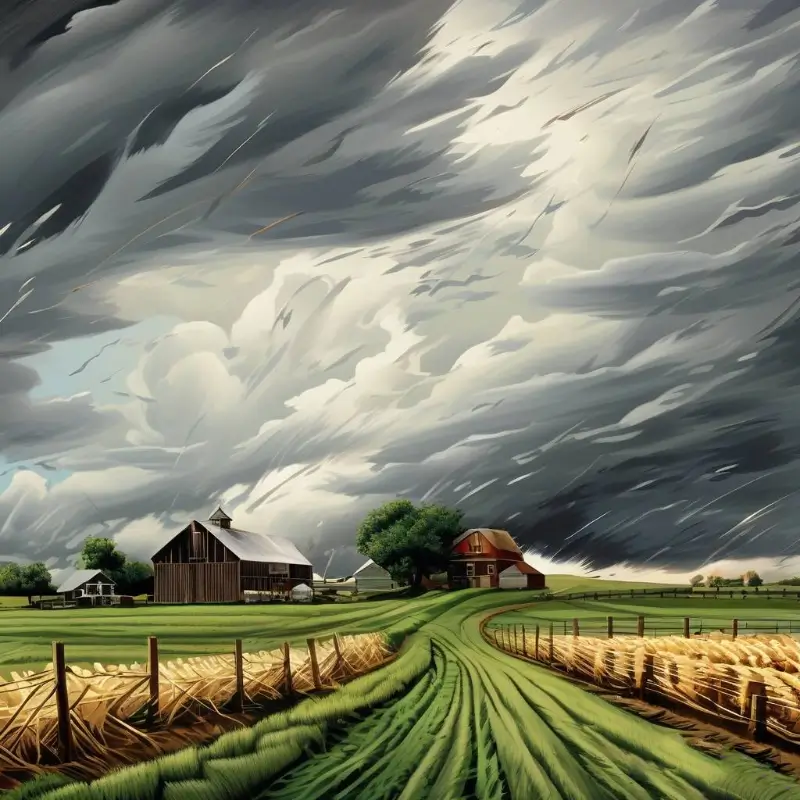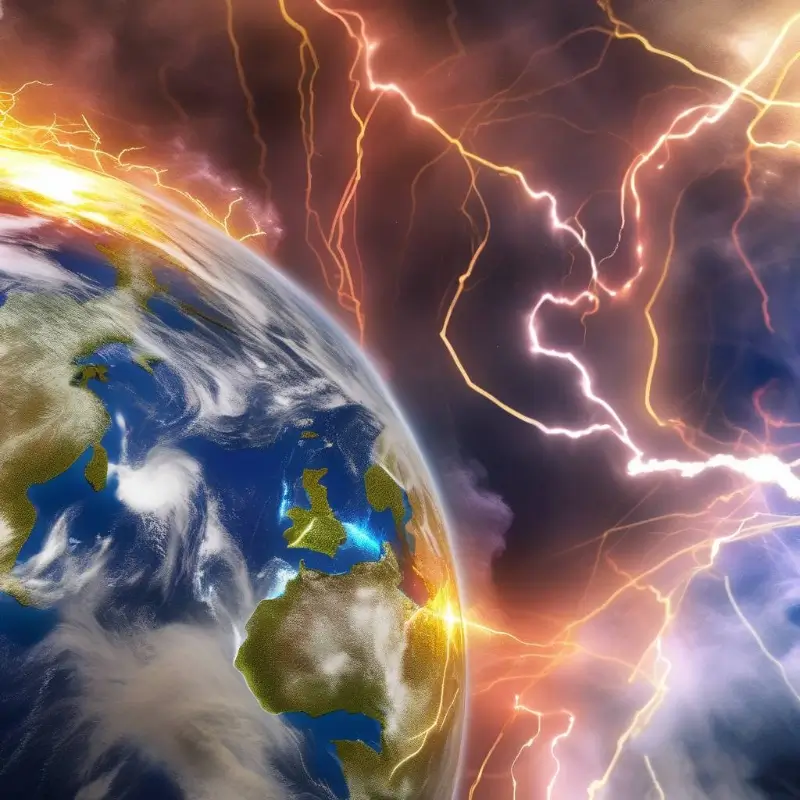why is there wind?
Wind is a natural phenomenon that occurs as a result of the Earth’s atmosphere in motion. It is caused by several factors, including:
- Differences in Air Pressure: The primary cause of wind is the uneven distribution of heat over the Earth’s surface, which leads to variations in air temperature and, consequently, air pressure. Warm air is less dense than cool air, so it rises, creating an area of low pressure. Conversely, cool air is denser and tends to sink, creating an area of high pressure. The movement of air from high-pressure areas to low-pressure areas is what we perceive as wind.
- Coriolis Force: The rotation of the Earth affects the direction of the wind. The Coriolis force, caused by the Earth’s rotation, deflects the path of moving air to the right in the Northern Hemisphere and to the left in the Southern Hemisphere. This is why winds are generally deflected to the east in the Northern Hemisphere (easterly) and to the west in the Southern Hemisphere (westerly).
- Frontal Systems: The interaction of different air masses with varying temperatures and humidity can create frontal systems, which result in stronger winds as warm and cold air masses collide and move past each other.
- Geography: Terrain features such as mountains, valleys, and bodies of water can influence wind patterns. For example, winds are often channeled through mountain passes, creating faster-than-average winds (such as the famous Mistral in the Mediterranean).
- Seasonal and Diurnal Variations: Wind patterns can change seasonally due to the tilt of the Earth’s axis and the corresponding changes in heating patterns. Diurnal winds are caused by day-to-night temperature differences, leading to vertical air movement and the formation of local winds.
- Other Atmospheric Disturbances: Disturbances such as cyclones, anticyclones, and weather fronts can create local wind conditions. These disturbances are associated with changes in pressure, temperature, and humidity.
In summary, wind is a complex result of the Earth’s atmospheric dynamics, influenced by a combination of global temperature variations, the Earth’s rotation, and local topography. Understanding these factors helps to explain the variety of wind patterns we observe around the world.



